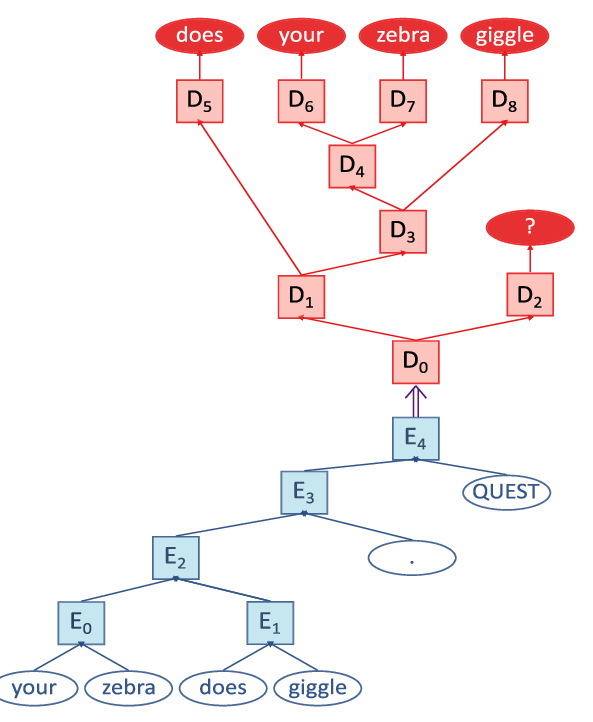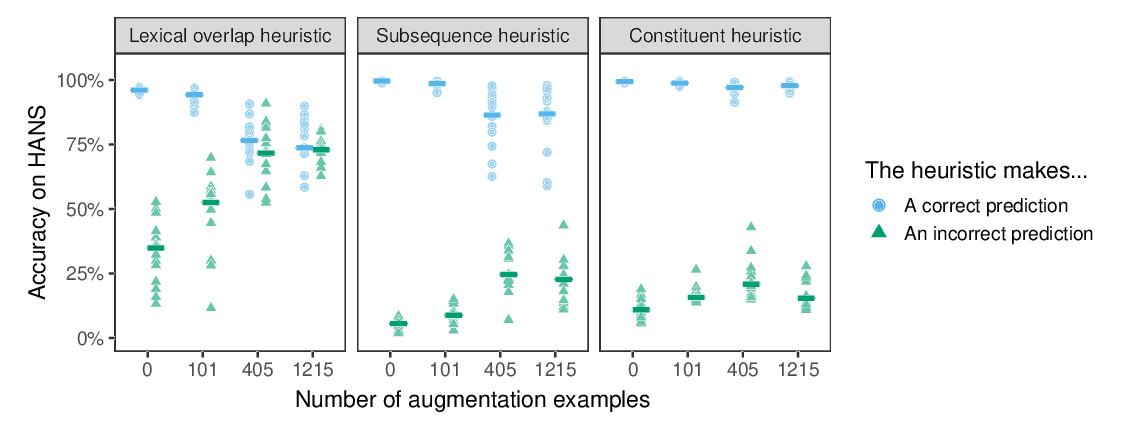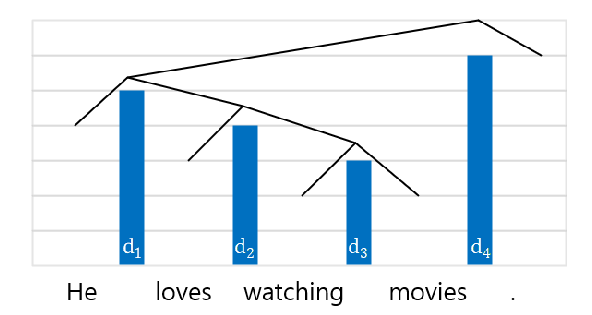Representations of Syntax [MASK] Useful: Effects of Constituency and Dependency Structure in Recursive LSTMs
Michael Lepori, Tal Linzen, R. Thomas McCoy
Syntax: Tagging, Chunking and Parsing Short Paper
Session 6A: Jul 7
(05:00-06:00 GMT)

Session 7A: Jul 7
(08:00-09:00 GMT)

Abstract:
Sequence-based neural networks show significant sensitivity to syntactic structure, but they still perform less well on syntactic tasks than tree-based networks. Such tree-based networks can be provided with a constituency parse, a dependency parse, or both. We evaluate which of these two representational schemes more effectively introduces biases for syntactic structure that increase performance on the subject-verb agreement prediction task. We find that a constituency-based network generalizes more robustly than a dependency-based one, and that combining the two types of structure does not yield further improvement. Finally, we show that the syntactic robustness of sequential models can be substantially improved by fine-tuning on a small amount of constructed data, suggesting that data augmentation is a viable alternative to explicit constituency structure for imparting the syntactic biases that sequential models are lacking.
You can open the
pre-recorded video
in a separate window.
NOTE: The SlidesLive video may display a random order of the authors.
The correct author list is shown at the top of this webpage.
Similar Papers
Does Syntax Need to Grow on Trees? Sources of Hierarchical Inductive Bias in Sequence-to-Sequence Networks
R. Thomas McCoy, Robert Frank, Tal Linzen,

A Systematic Assessment of Syntactic Generalization in Neural Language Models
Jennifer Hu, Jon Gauthier, Peng Qian, Ethan Wilcox, Roger Levy,

Syntactic Data Augmentation Increases Robustness to Inference Heuristics
Junghyun Min, R. Thomas McCoy, Dipanjan Das, Emily Pitler, Tal Linzen,

Exploiting Syntactic Structure for Better Language Modeling: A Syntactic Distance Approach
Wenyu Du, Zhouhan Lin, Yikang Shen, Timothy J. O'Donnell, Yoshua Bengio, Yue Zhang,
